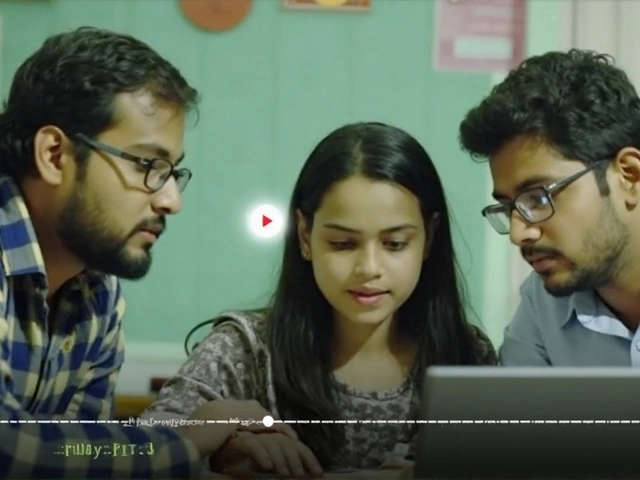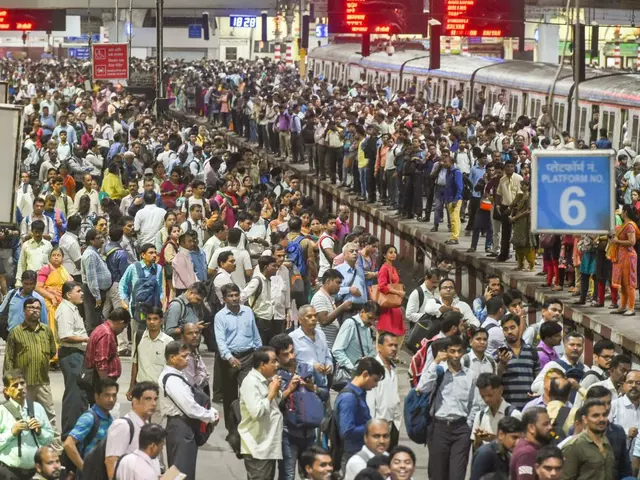Average Life Expectancy in India: Men vs Women
Ever wondered how long a typical Indian man or woman lives? The numbers are clearer now, thanks to recent World Bank data. On average, Indians can expect to live about 68.3 years. That’s a little higher than the global average of 66.9 years and it’s climbing each year.
But the story isn’t the same for everyone. Men edge out women by a small margin – 69.1 years for men compared to 67.6 years for women. The gap isn’t huge, but it shows up in the data.
Key Numbers at a Glance
Here’s the quick rundown:
- Overall life expectancy: 68.3 years
- Men: 69.1 years
- Women: 67.6 years
- Urban areas: higher than rural
- Rural women: lowest among the groups
Urban dwellers enjoy a noticeable boost. Cities tend to have better hospitals, cleaner water, and more education about health. That advantage lifts both men and women, but women feel it more because rural women often face extra hurdles.
What Drives the Difference?
Several factors shape these numbers. First, access to quality health services matters a lot. In cities you’ll find specialist doctors, advanced labs, and quicker emergency response. In many villages, the nearest clinic might be miles away, and even when it’s close, it may lack essential medicines.
Second, clean water and sanitation play a huge role. Contaminated water leads to infections that can cut life expectancy short, especially for children who grow up in those environments. Rural areas still struggle with reliable sanitation, which keeps the average age down.
Education is the third piece of the puzzle. When people know about nutrition, family planning, and disease prevention, they make healthier choices. Literacy rates are higher in urban pockets, so the knowledge gap widens the life‑expectancy gap.
Finally, lifestyle habits differ. Urban workers may sit more, but they also have better access to fitness centers and health awareness campaigns. Rural residents often do physically demanding jobs but may lack information about chronic disease risks like hypertension or diabetes.
All these elements combine to push the average upward while still leaving room for improvement. The government’s push for universal health coverage and clean water projects aims to shrink the rural‑urban gap.
If you’re curious about how your own life expectancy stacks up, think about these four things: health care access, water quality, education level, and everyday habits. Improving any one of them can push your personal expectancy higher.
In short, Indian men live a bit longer than women, and city dwellers live longer than those in the countryside. The good news? The overall trend is upward, and policies targeting health, sanitation, and education are already making a difference. Keep an eye on these stats – they’ll keep shifting as the country develops.





